 Abraham Lincoln
If given the truth, the people can be depended upon to meet any national crisis...
Abraham Lincoln
If given the truth, the people can be depended upon to meet any national crisis...
 Guildford news...
for Guildford people, brought to you by Guildford reporters - Guildford's own news service
Guildford news...
for Guildford people, brought to you by Guildford reporters - Guildford's own news service
Birdwatcher’s Diary No.124
Published on: 5 Dec, 2016
Updated on: 5 Dec, 2016
By Malcolm Fincham
Making the most of limited opportunities to get out and about as November came to a close, I was ready at the drop of a hat when my wife suggested a trip to Portsmouth with my daughter on a pre-Christmas shopping venture. They offered to drop me off at Farlington Marshes for a few hours en-route.

The main lagoon at Farlington surrounded by phragmites reeds. Click on pictures to enlarge in a new window.
Although overcast on arriving there, most importantly for the sake of my camera and photographic expectations, it remained dry.
Unfortunately, the cold easterly wind was, it seemed, too strong for the bearded tits to be showing. Often a treat to see in the main reed beds there, especially this time of year, when they feed on the seed heads of the phragmites reeds, an important plant for their survival.
My first observations noted the increase in the arrival of brent geese, since my last visit just a few weeks ago. Quite accustomed to our winter climate, having returned from their summer breeding ground in Siberia. and were now there, wintering in large number.
Wintering, waterfowl had also grown significantly, with more northerly summer breeding birds, such as shoveller.
A ‘spring’ of teal.
A coil of wigeon.
Also picking out a few gadwall.
And a dabchick (little grebe) close by in the main lagoon.
I was also able to get my first close-up views this winter of both male and female pintails. A smart looking duck slightly larger than a mallard, renown for their athletic pace when in flight.
Although I usually check out tide times before I leave, preferring a high tide when I visit.
A low tide still produced a few sightings including redshanks, curlew, grey plover all feeding out on the mudflats of the harbour.
A distant, large flock of lapwings took flight, spooked from their feeding on the far side of the harbour, headed my way, circling overhead, before disappearing, once again beyond my view.
A flock of black-tailed godwits also took flight.
While close by, a little egret had taken up its usual spot, by the outlet to the lagoon.
What appears to be an abundance of small mammals there, once again this year, has attracted as many as three short-eared owls that have been seen quartering the ‘point field’ area of marshes. However, their need to listen for their prey was obviously hampered by the strong breeze as it continued to blow, as they didn’t show that day.
I had to be content, on this occasion, with the large group of starlings displayed there.
While making my return to my patiently waiting family, I stood on the sea wall watching a grey heron as it watched, intensely, a grassy area beside a clump of brambles. Making a fast stabbing motion, it pulled something out out of the undergrowth.
To my surprise, I realised it had a small mammal in its beak.
I captured a picture just before it disappeared, swallowing it whole and showing just a bulge in the heron’s throat.
The highlight of the trip occurred as I arrived back at the car. Greeted by my wife and daughter, they pointed out a bird just beyond the entrance to the reserve. ”Just a moorhen” I replied. Looking beyond it however, was a sight I was certainly not expecting.
With sunlight breaking through, two barn owls appeared, momentarily, then disappeared behind a section of hawthorn bushes. Not giving time for a reply when asking if I could be allowed a few more minutes, I was off with my camera to try to get a few shots, with my daughter following, hoping to get a view herself.
Although they remained quite distant, we both did well, even getting some reasonable pictures in the low, afternoon sunlight.
Making our way back to, what was by now a very patiently waiting wife, I pointed out what looked to be a kestrel, perched in silhouette, in a nearby tree.
Taking a wide birth, we made an attempt to see it in a better light. Surprisingly, it allowed us to get exceptionally close, giving us both ambient views and photos.
One had to walk away feeling a little sorry for the mammals there, so readily hunted by so many predators!
Back in Surrey on my local patch at Riverside Nature Reserve in Guildford, I saw three pairs of shoveller duck.
With the more colourful drakes showing well, they could be seen most days on the flooded field by Stoke Lock along with a dozen or more teal.
Tufted ducks always seem to favour Stoke Lake where they can dive to reasonable depths while feeding.
On a few occasions a pair of stonechats could be seen feeding in the field at the southern end of the lake.
Grey squirrels were also seen actively collecting their winter fuel of nuts.
The female goosander I mentioned in my previous report continued to sighted, though less frequently on a private lake in Wonersh.
While fieldfares seem to be abundant this winter, especially in rural areas.
On another visit to a friend’s house in Wood Street Village, I continued to get some good views (and pictures) of a red kite, that appears to have made the area in the fields beyond its winter home.
In his garden, a flock of ring-necked parakeets flew over.
While one sat to have a snack on his feeding station.
Also, now coming into his garden from the fields beyond, to feed up on the winter fuel he provides, is a small group of yellowhammers.
A passion for nature, and with an interest for things often overlooked in the way of wildlife beyond our front doors, is one of the ‘main drivers’ for my updates. However, I didn’t have to set foot far beyond my friend Bob’s front door, when he pointed out what appeared to be spider, just below his front doorbell.
Both of us were quite perplexed by it. Bob said it had been enjoying the warmth of the sun there for several days. I suspected that what we were looking at was a species of harvestmen.
Harvestman, daddy longlegs, shepherd spider, grandfather greybeard: all colloquial names for members of the Opiliones order. Yes, they have eight legs, but they’re not actually spiders. The difference between a harvestman and a spider, is that harvestmen don’t have a waist or separate abdomen.
I believe this one to be Dicranopalpus ramosus, a species of harvestmen.
Both sexes have very long legs and the resting posture, with the legs stretched to the sides, makes this species easy to identify. Originally, the species was found in Morocco. Later, it spread into Europe. Adults can be found from August to November.
On November 27 news came through of a sighting of a long-tailed duck at Frensham Great Pond. The long-tailed duck or oldsquaw is a medium-sized sea duck. It is the only living member of its genus, Clangula.
The long-tailed Duck is gregarious, usually forming large flocks in winter and during migration. They feed by diving for mollusks, crustaceans and some small fish. Although they usually feed close to the surface, they are capable of diving to depths of 200 feet. When it is foraging it is submerged three to four times as much as it is on top of the water.
Normally the best chance of seeing long-tailed ducks is from sea watching points around the coast in winter, So as Surrey sightings go, this is quite a rare one. On arriving at the south-east corner of lake things didn’t look too promising. Although these ducks are renown for being able to remain under water for quite long periods, having scanned the area for a good 15 minutes, we concluded, if it was still present, by then, it would have drowned.
Looking to the far side of the lake, near the hotel, we caught sight of several other birdwatchers that appeared to be on to something. Although correct in assumption, by the time we got there it had taken flight across the lake.
On the verge of giving up, I suggested one last look, near to where a group of pochards gathered.
Our persistence paid off, and although it spent most of its time below the surface, successfully guessing where it would next surface, I was even able to get a few record shots.
Recent Articles
- Guildford Institute’s Crowdfunding Project for Accessible Toilet in its New Community and Wellbeing Centre
- Letter: Guildford – Another Opportunity Missed?
- Letter: GBC’s Corporate Strategy – Where Is the Ambition?
- My Memories of John Mayall at a Ground-breaking Gig in Guildford Nearly Six Decades Ago
- Westborough HMO Plans ‘Losing the Heart of the Street’ Says Resident
- College Invests to Boost Surrey’s Economy and Close Digital Skills Gap
- Community Lottery Brings Big Wins for Local Charities
- GBC Housing Plan Promises ‘A Vibrant Urban Neighbourhood’ Near Town Centre
- Hospital Pillows ‘Shortage’ at the Royal Surrey
- Updated: Caravans Set Up Camp at Ash Manor School


Search in Site
Media Gallery
Dragon Interview: Local Artist Leaves Her Mark At One of England’s Most Historic Buildings
January 21, 2023 / No Comment / Read MoreDragon Interview: Lib Dem Planning Chair: ‘Current Policy Doesn’t Work for Local People’
January 19, 2023 / No Comment / Read MoreA3 Tunnel in Guildford ‘Necessary’ for New Homes, Says Guildford’s MP
January 10, 2023 / No Comment / Read More‘Madness’ for London Road Scheme to Go Ahead Against ‘Huge Opposition’, Says SCC Leader
January 6, 2023 / No Comment / Read MoreCouncillor’s Son Starts Campaign for More Consultation on North Street Plan
December 30, 2022 / No Comment / Read MoreCounty Council Climbs Down Over London Road Works – Further ‘Engagement’ Period Announced
December 14, 2022 / No Comment / Read MoreDragon Interview: GBC Reaction to the Government’s Expected Decision to Relax Housing Targets
December 7, 2022 / No Comment / Read MoreHow Can Our Town Centre Businesses Recover? Watch the Shop Front Debate
May 18, 2020 / No Comment / Read More





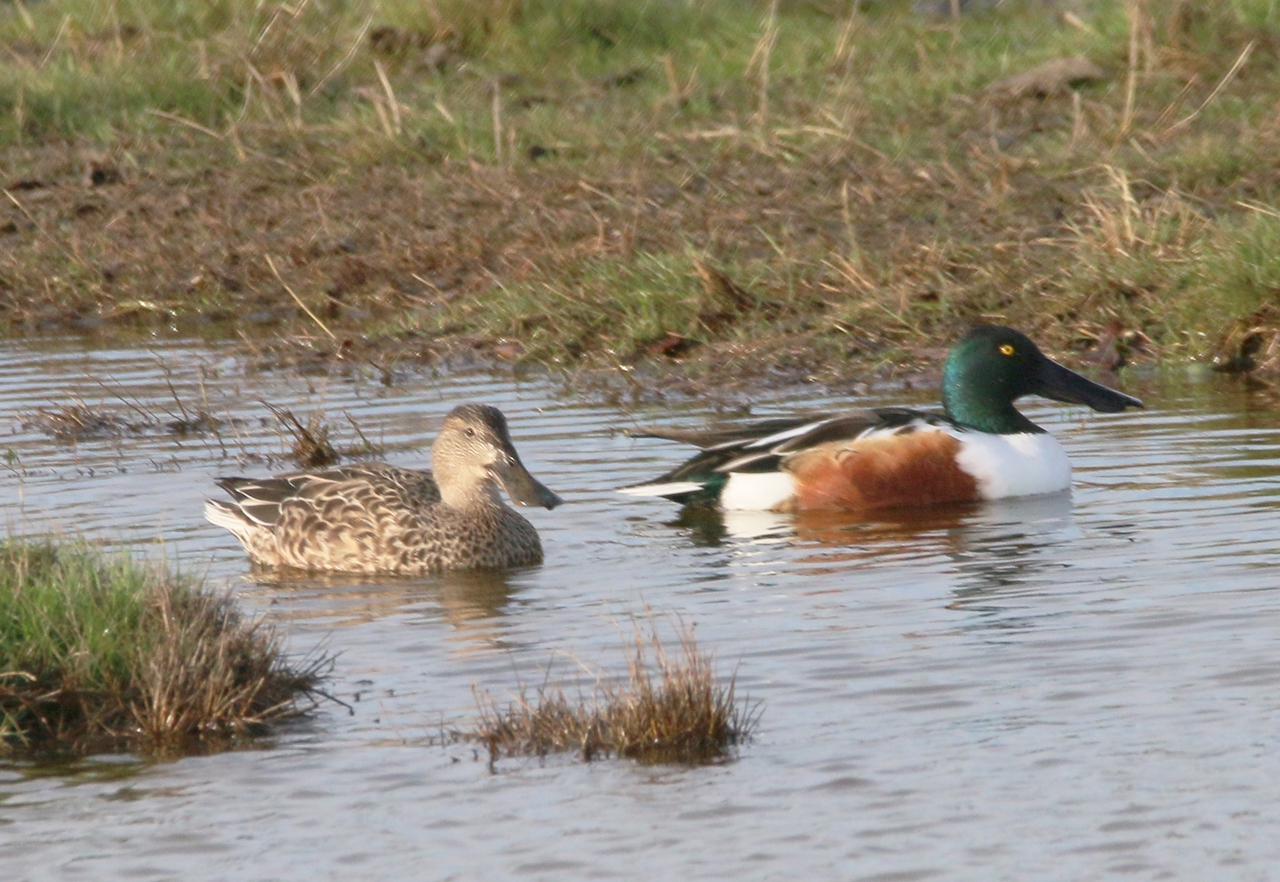
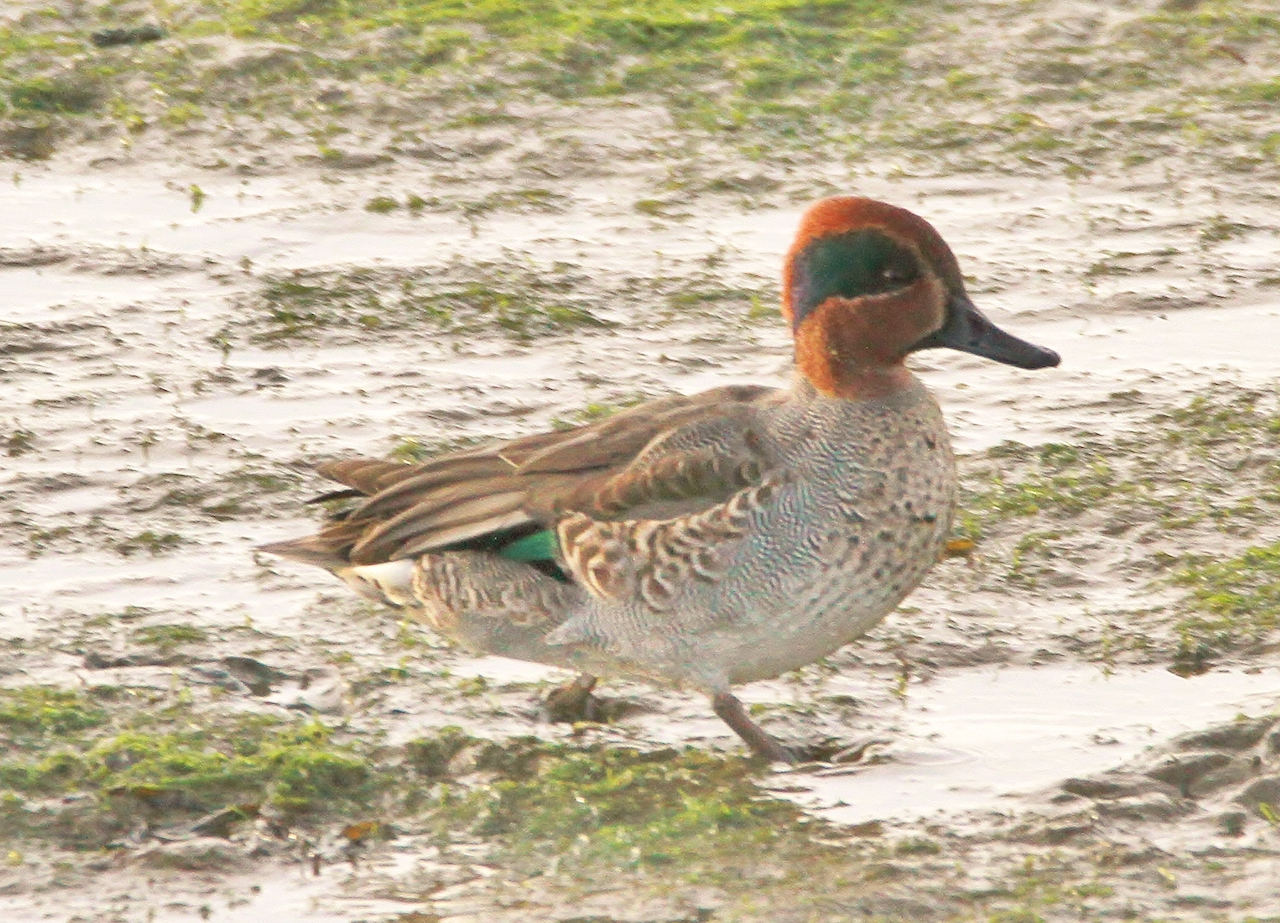
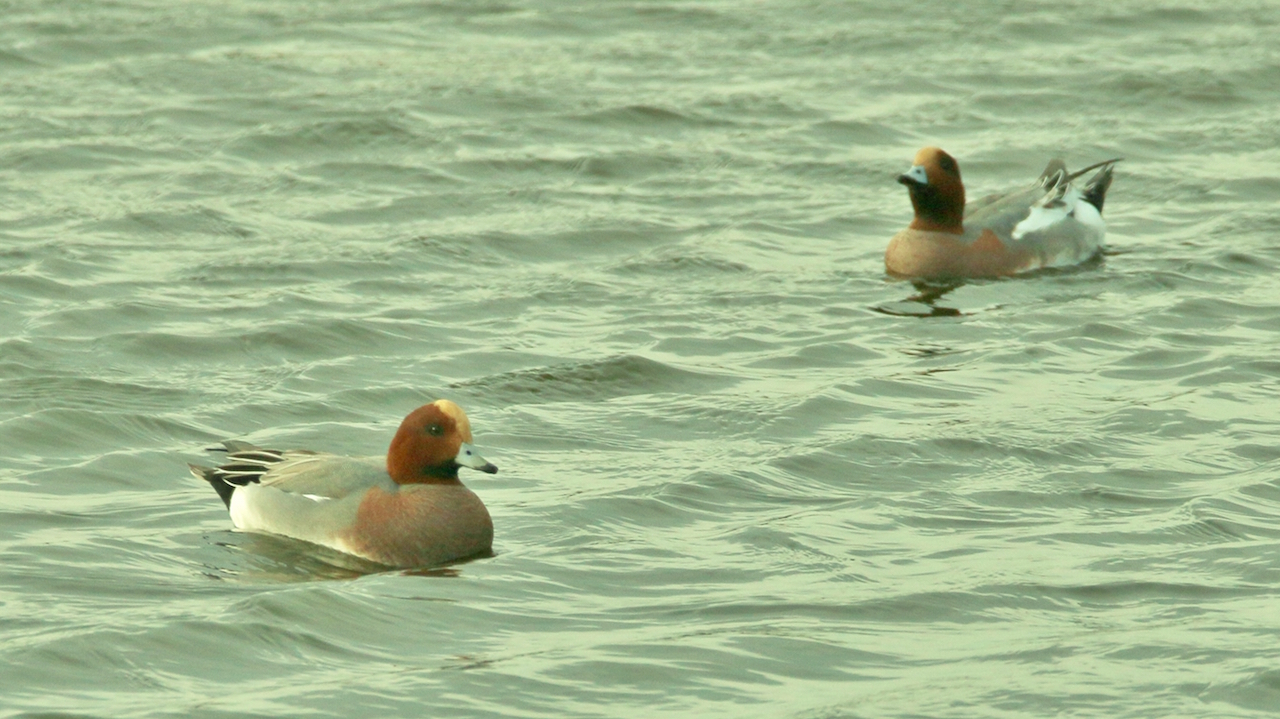
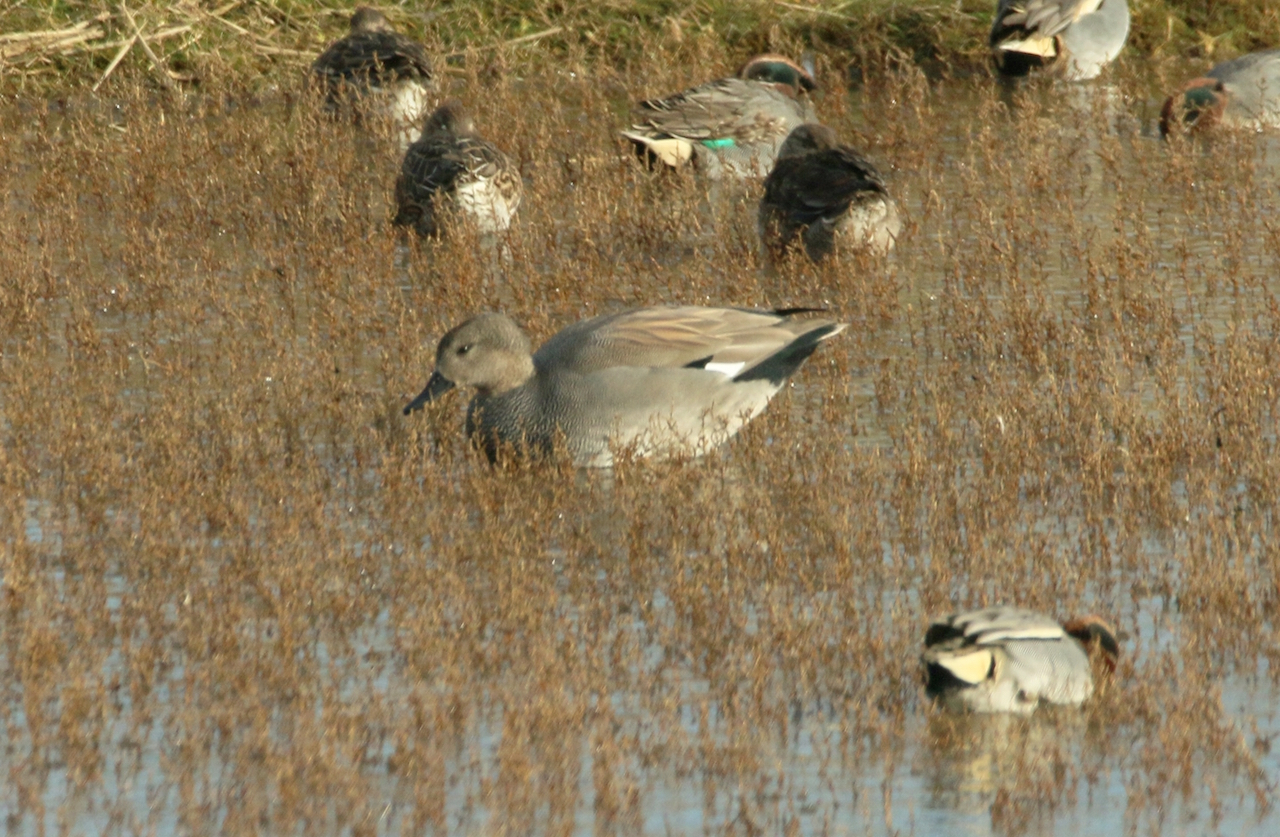
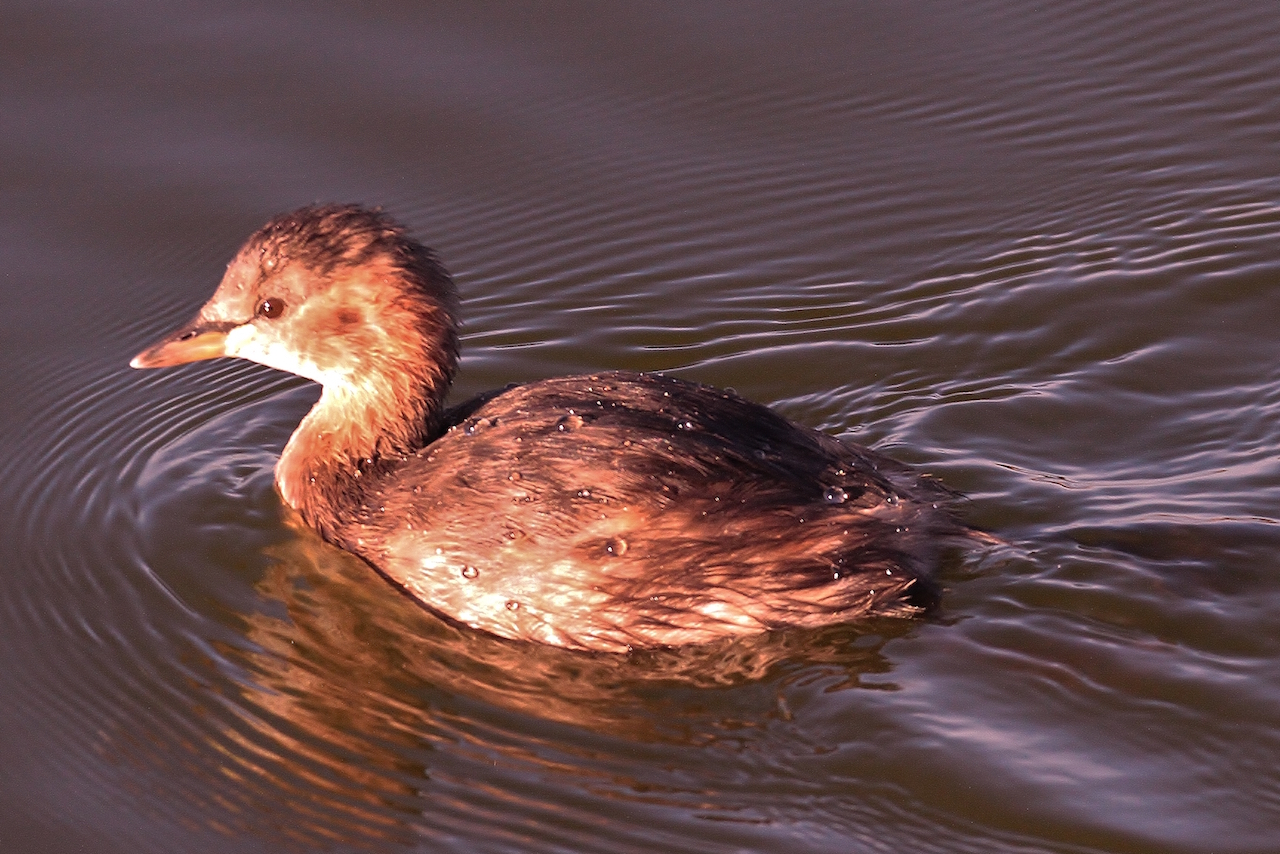

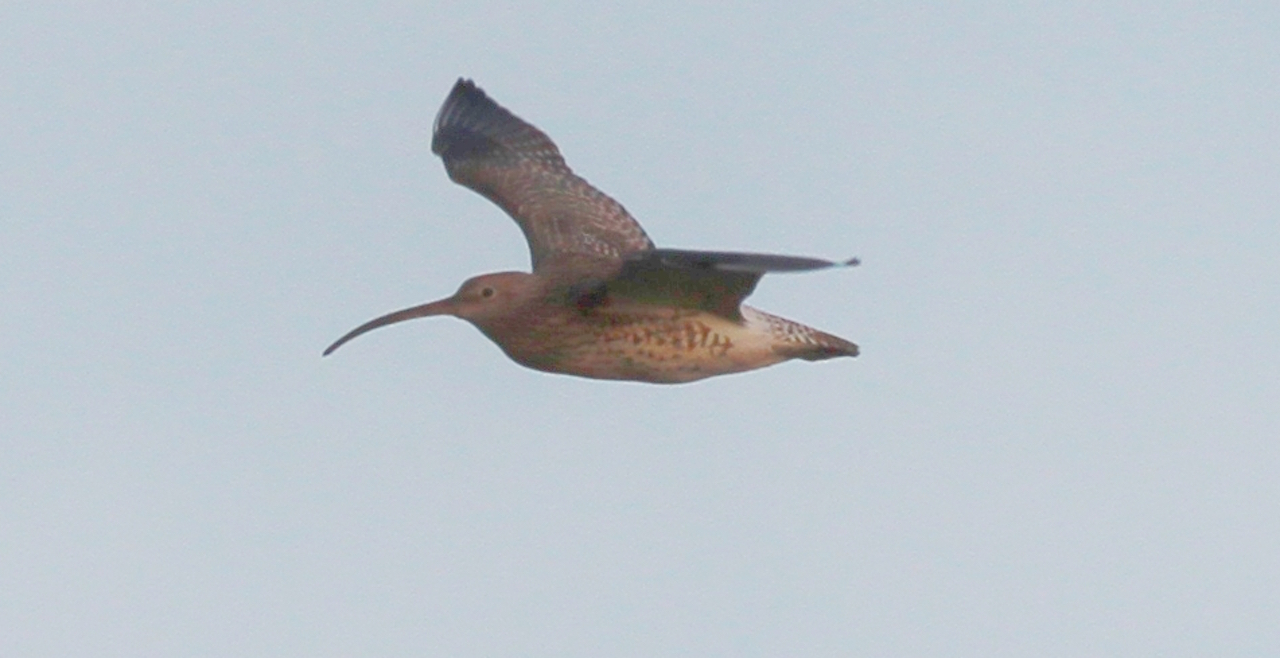
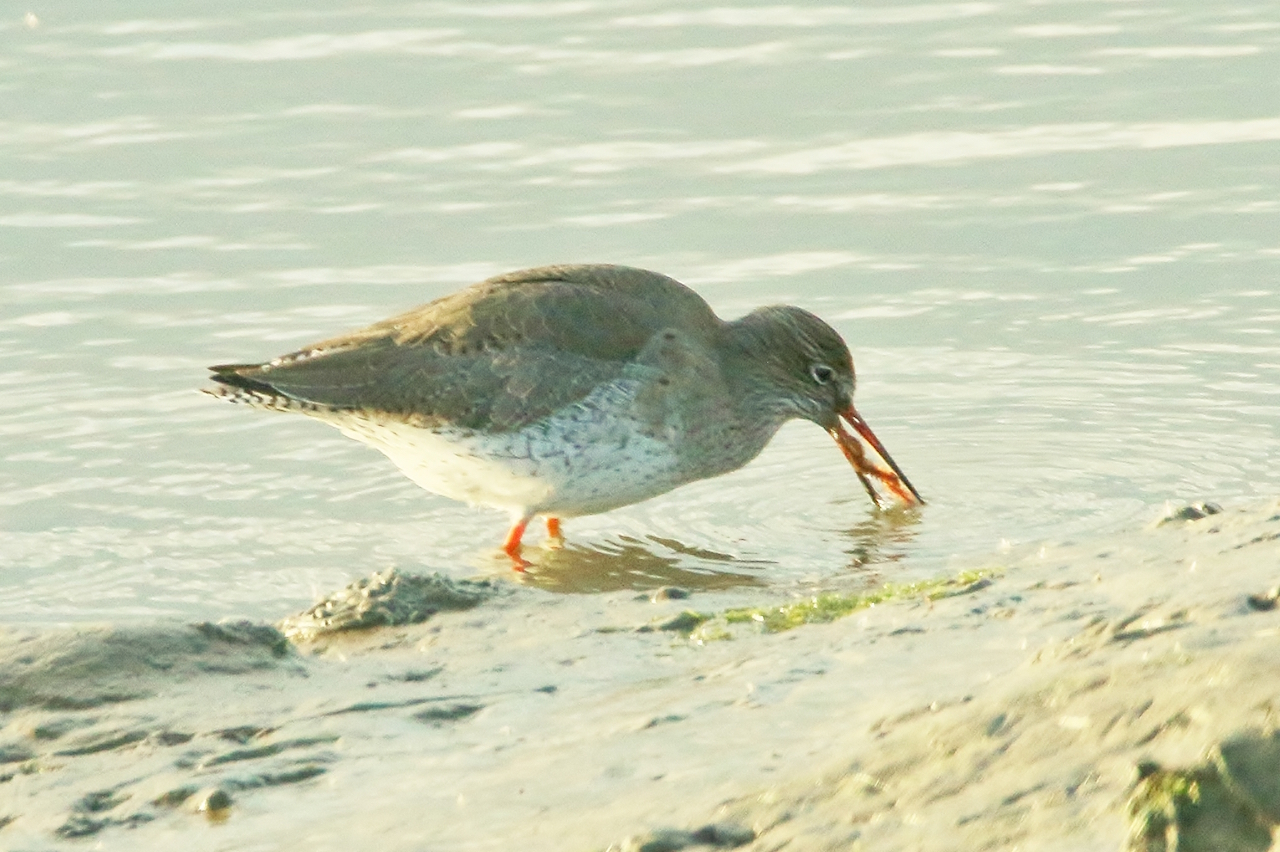

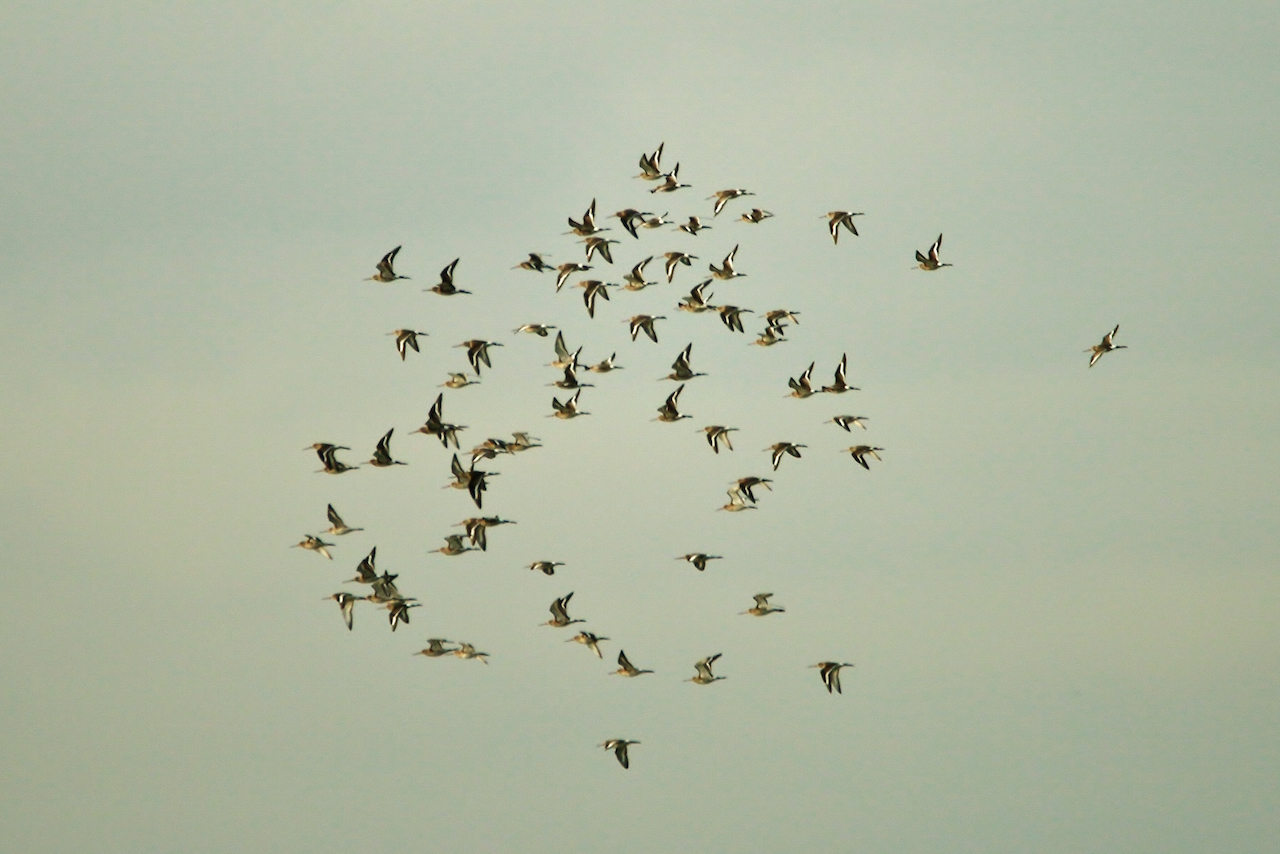
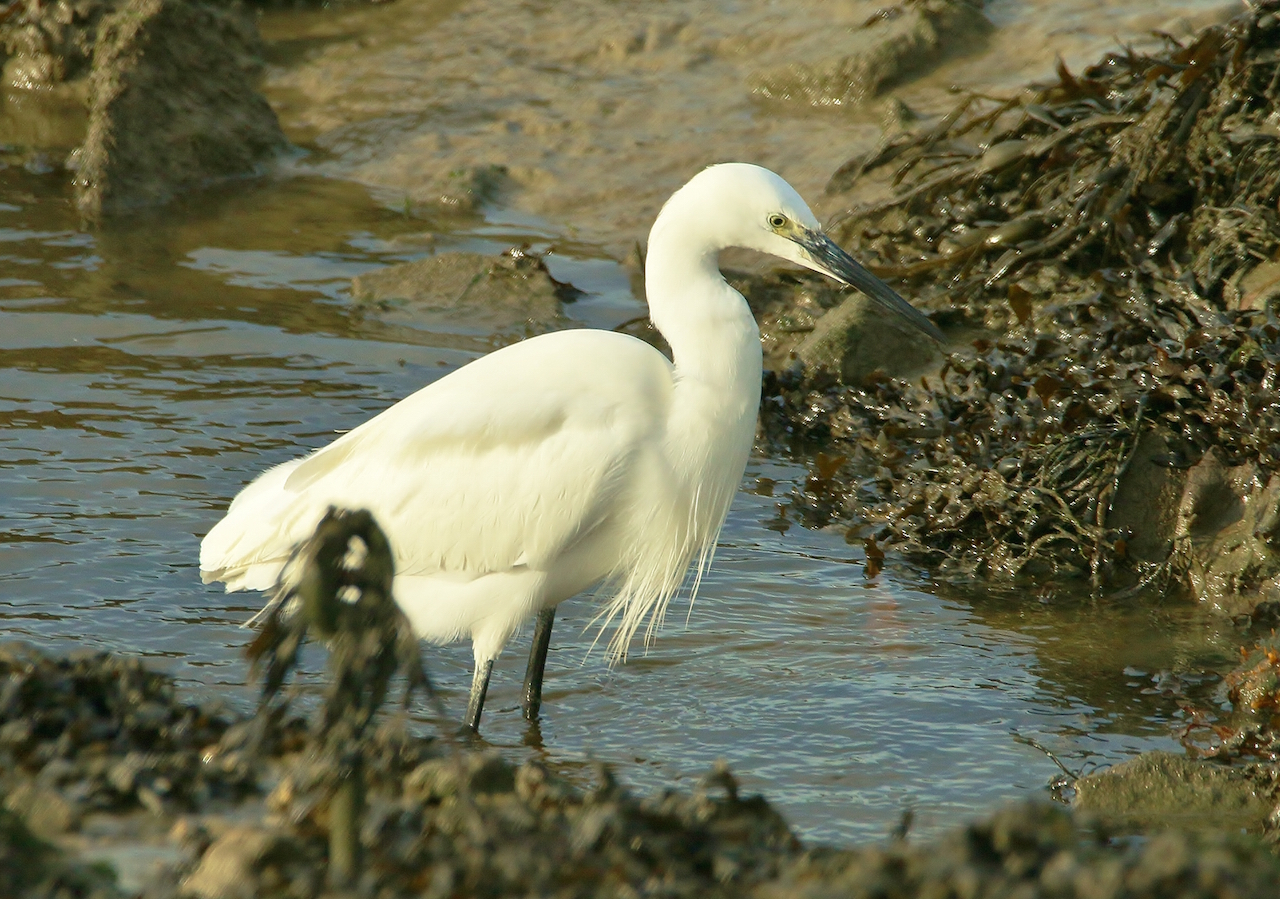
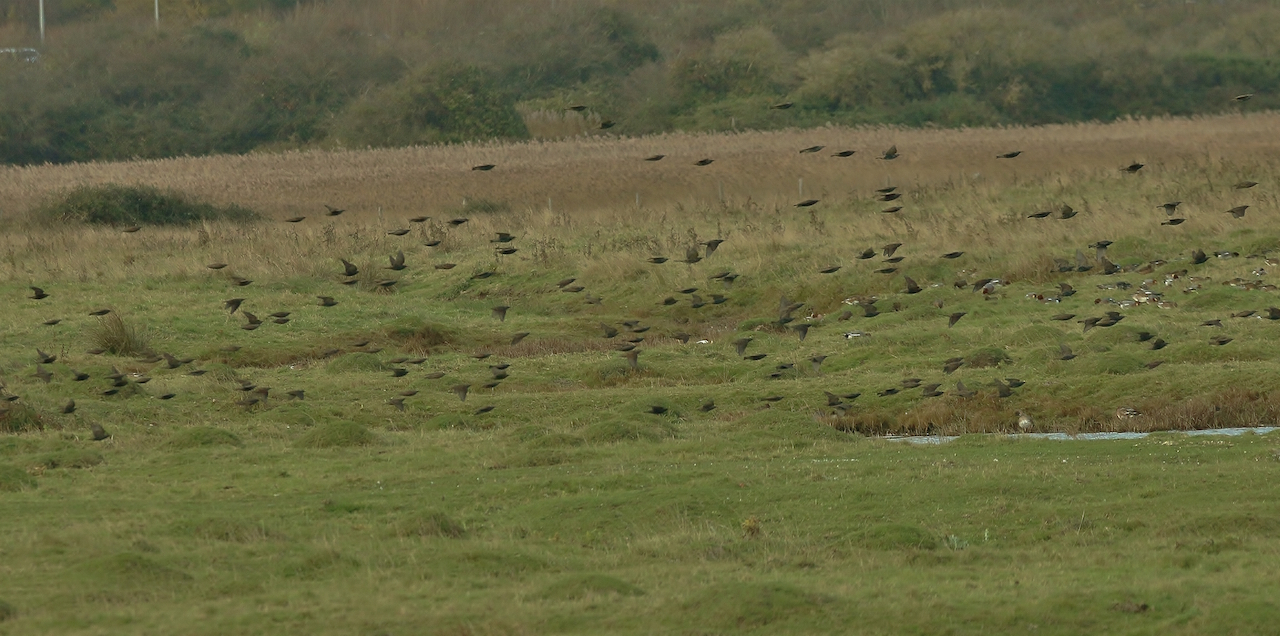

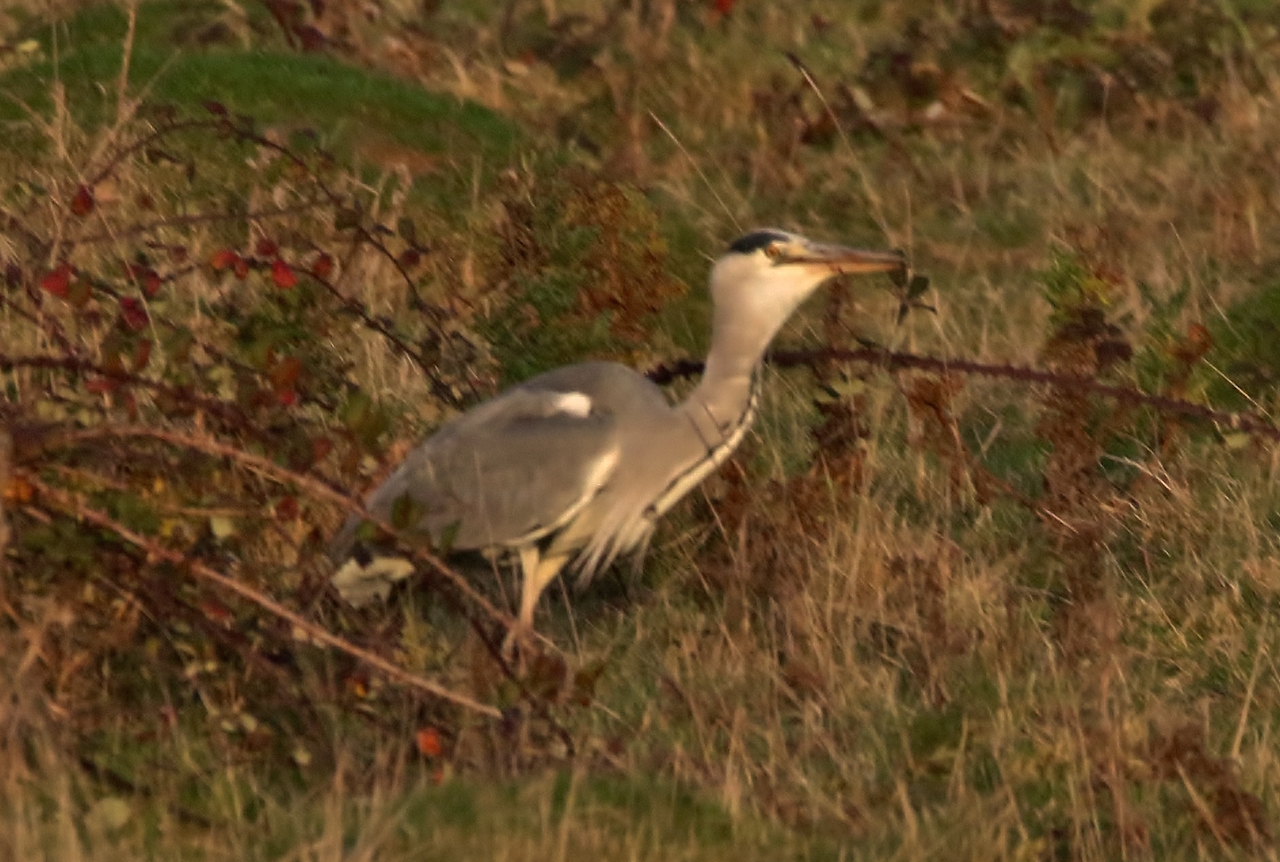
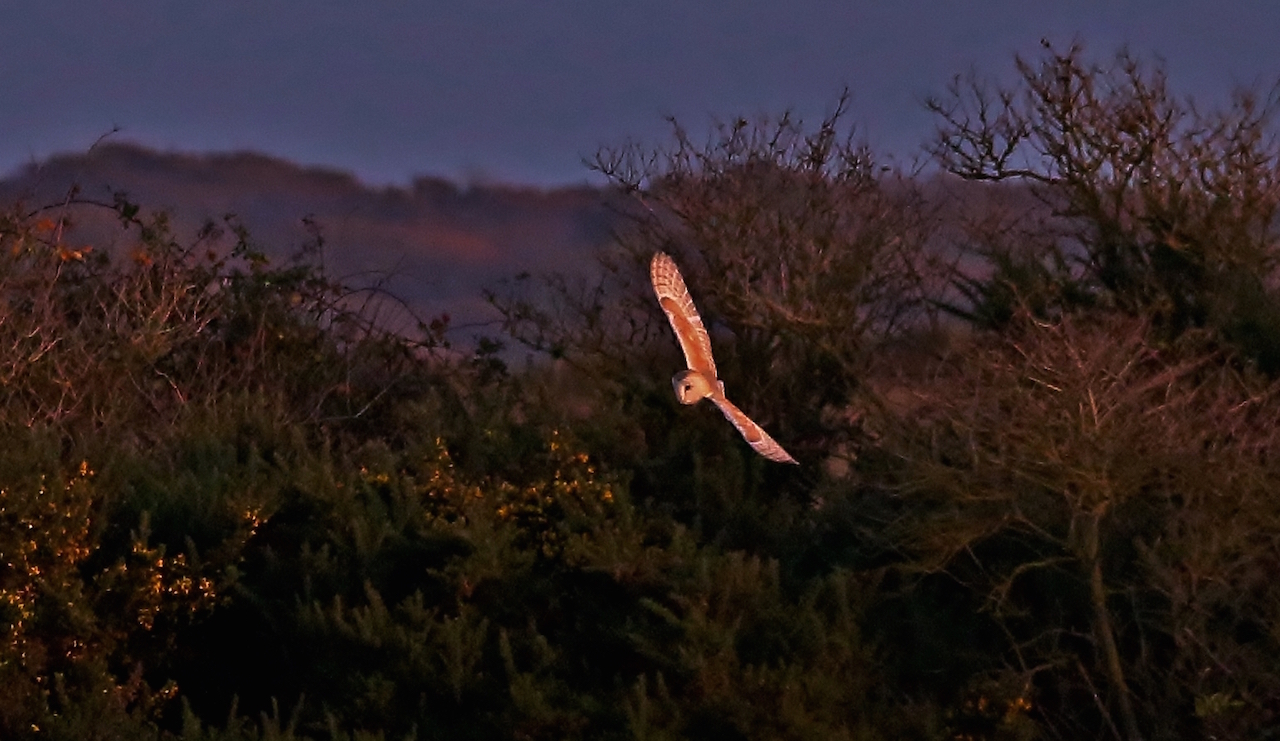
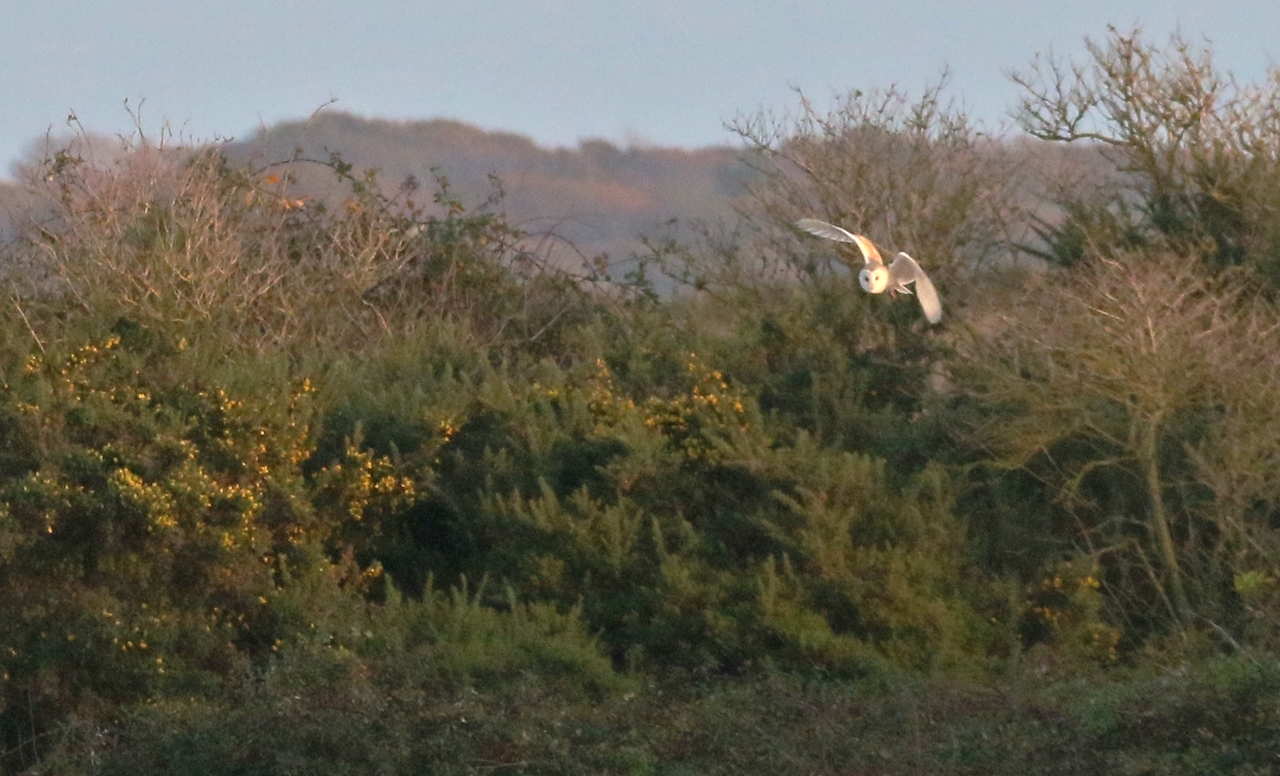

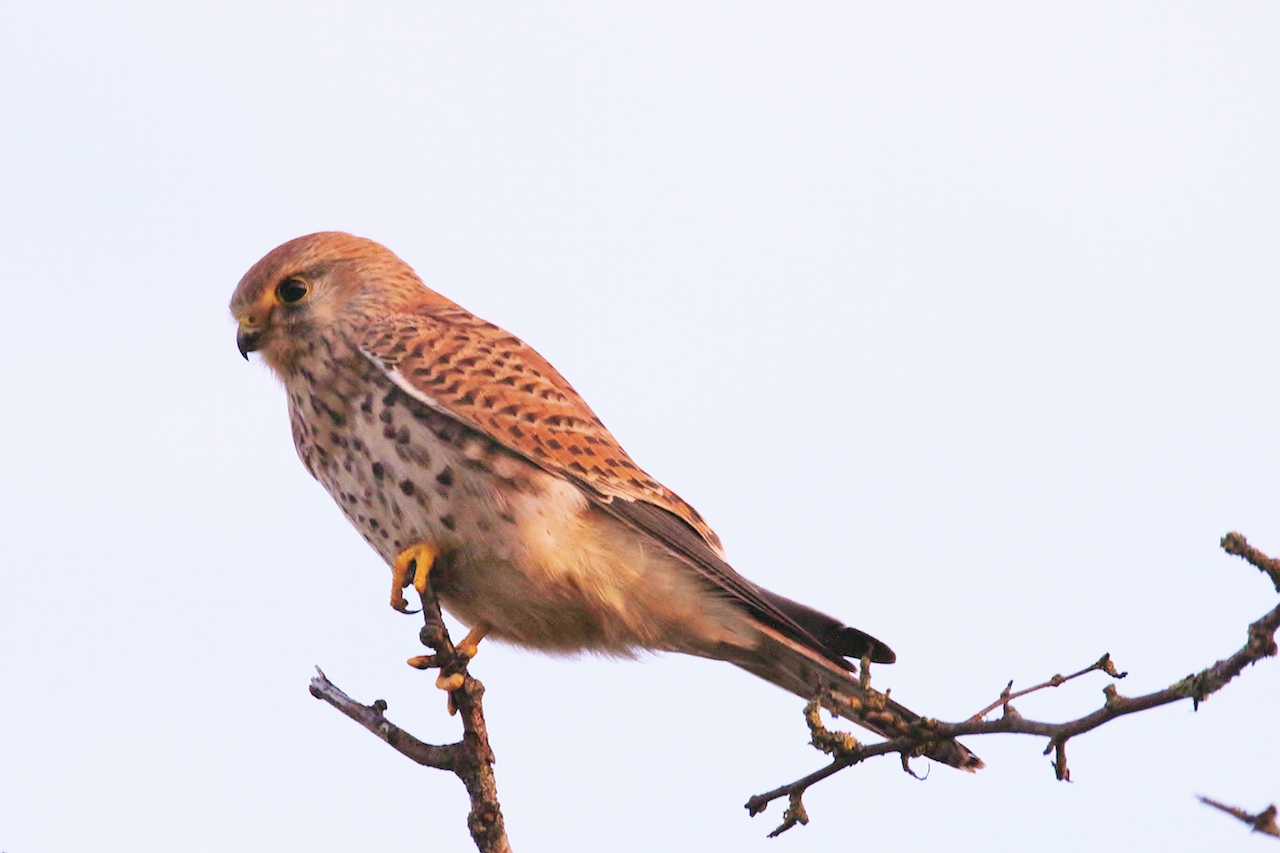

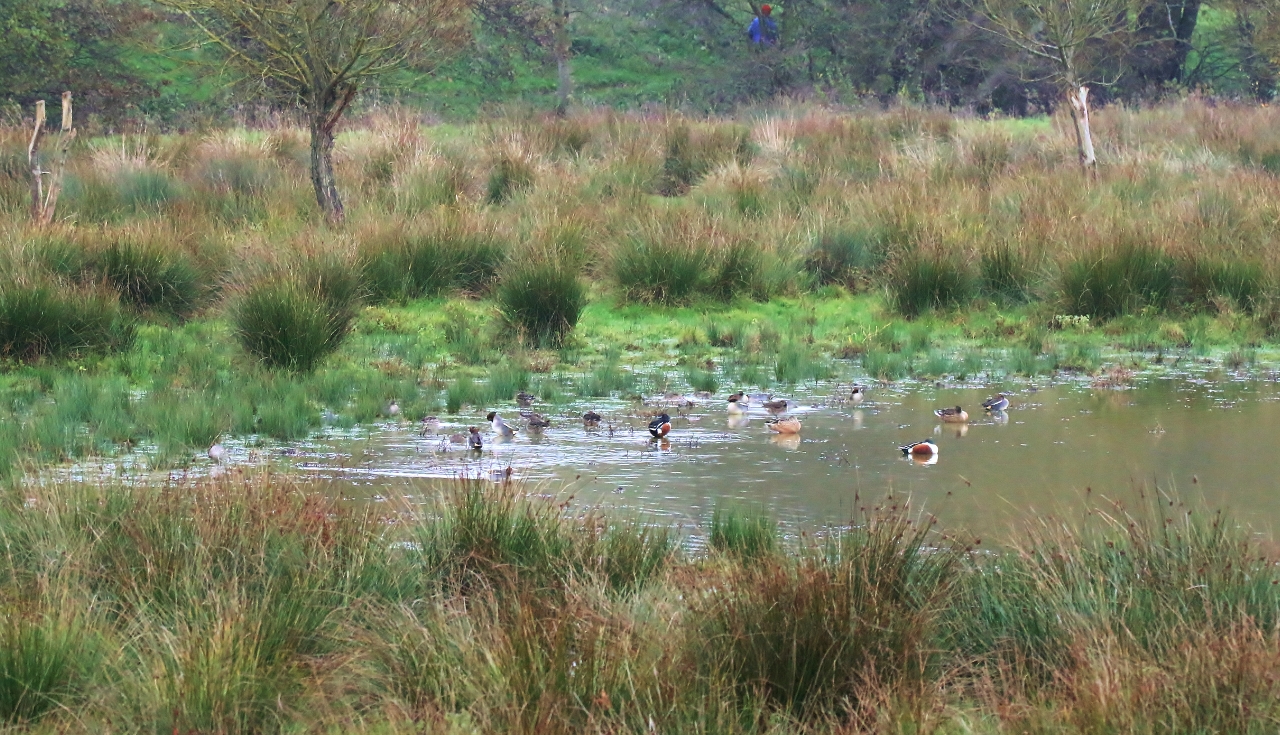
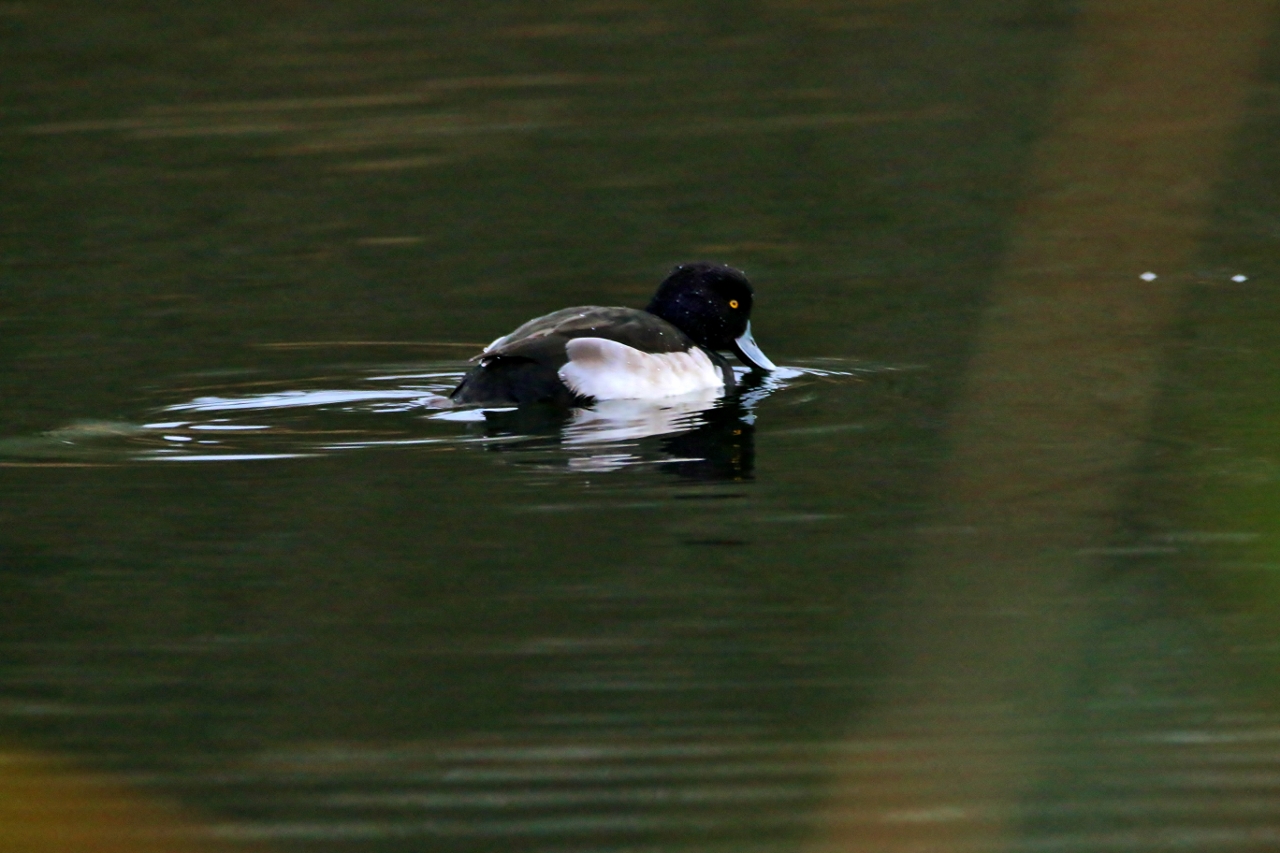

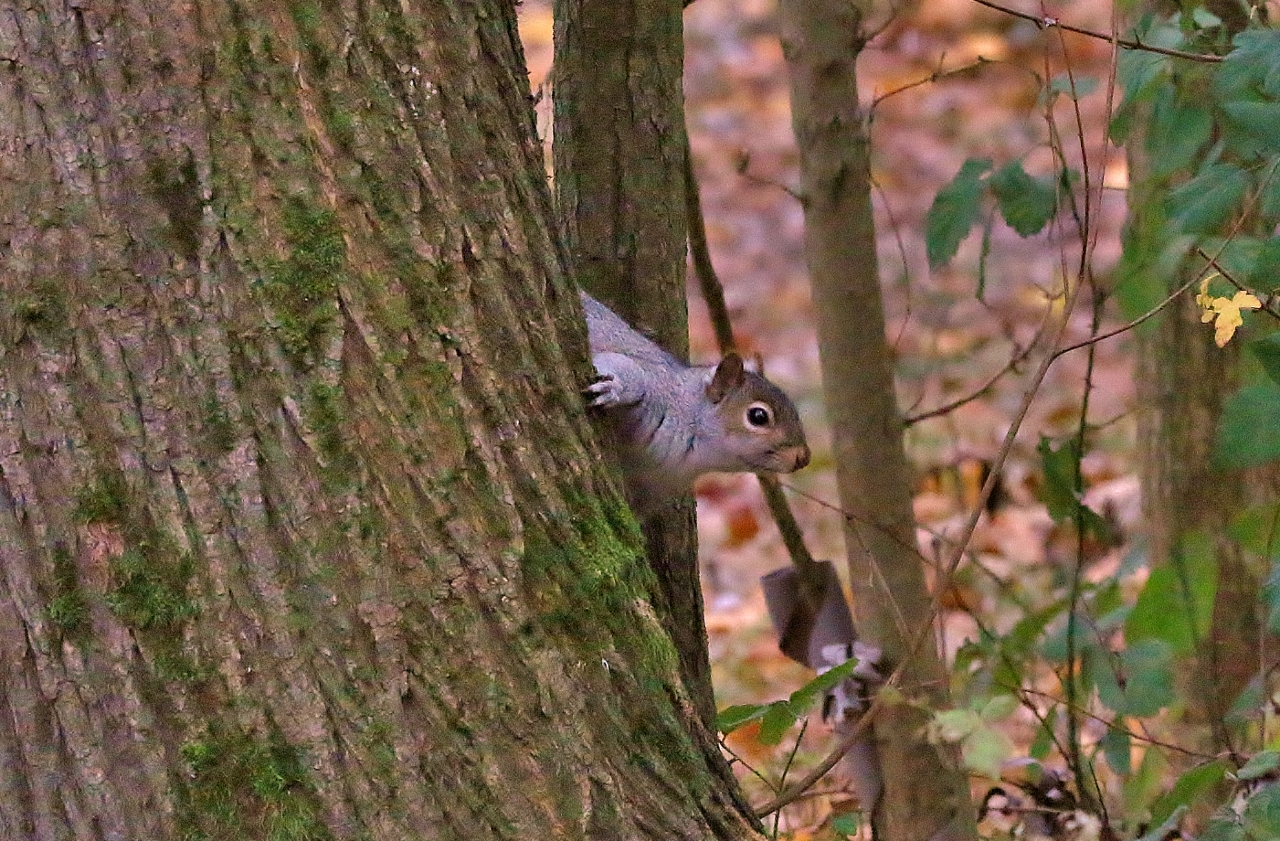
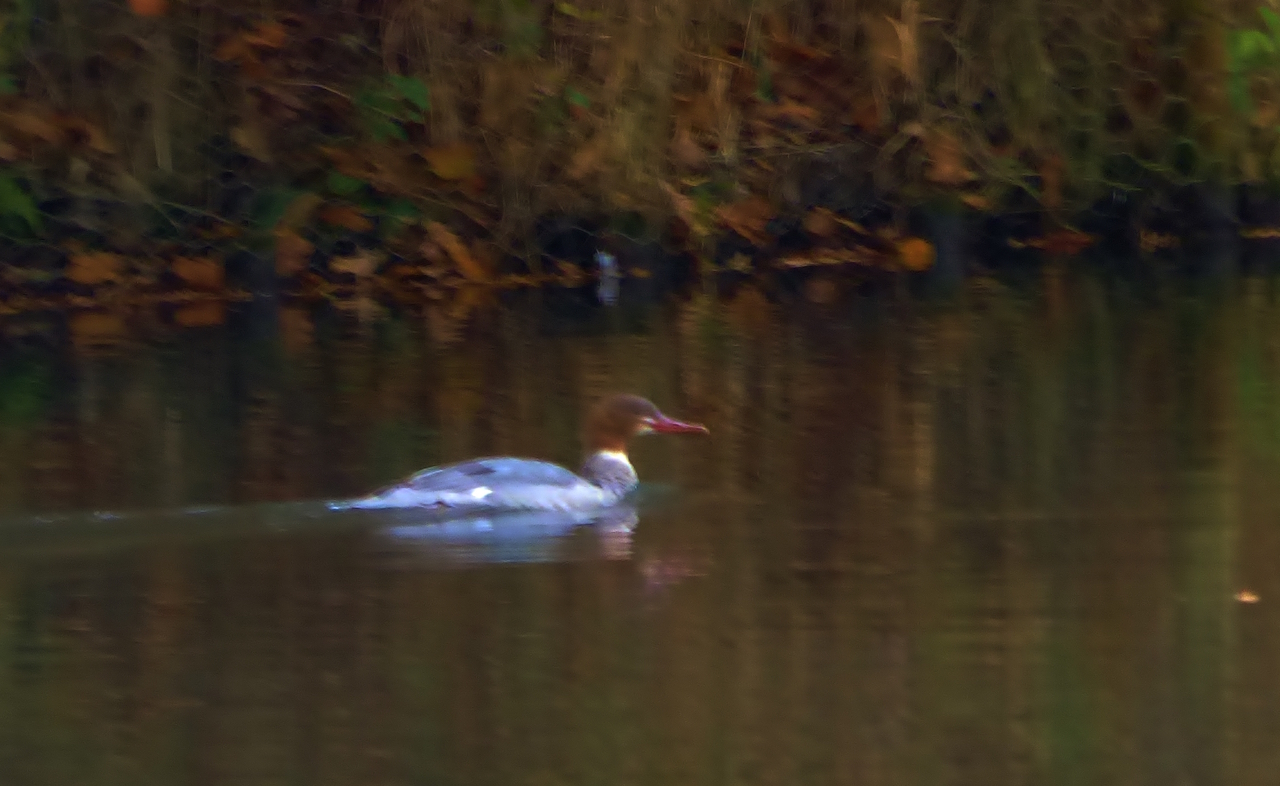
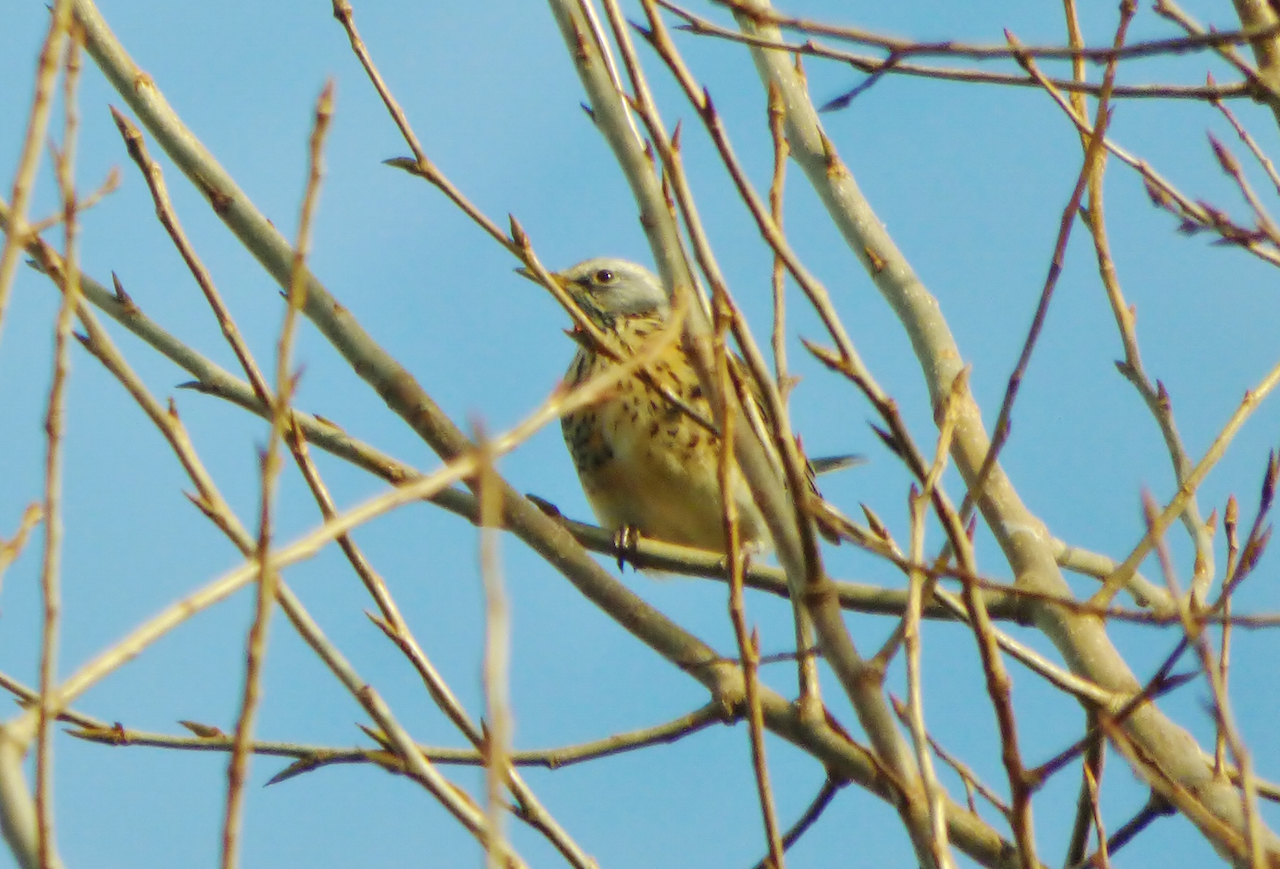
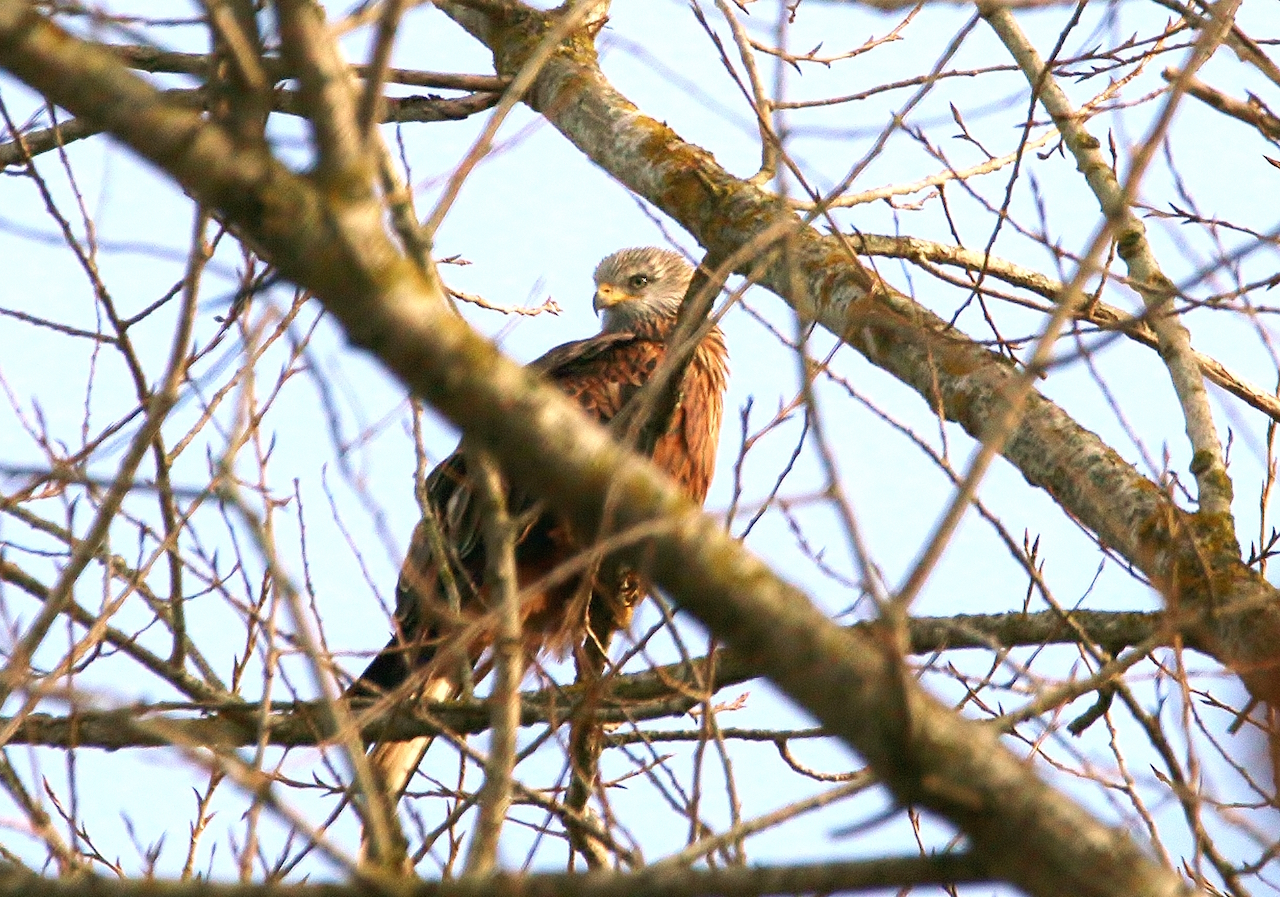
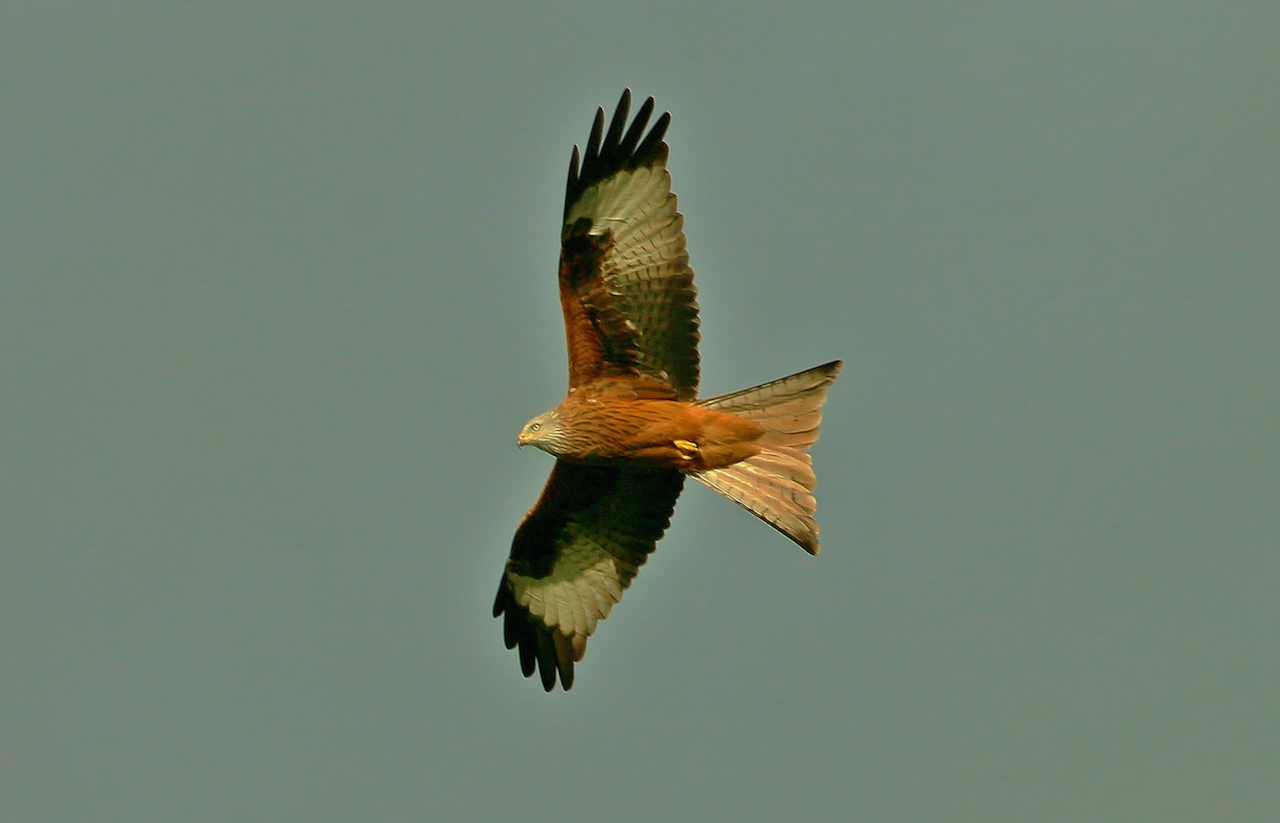

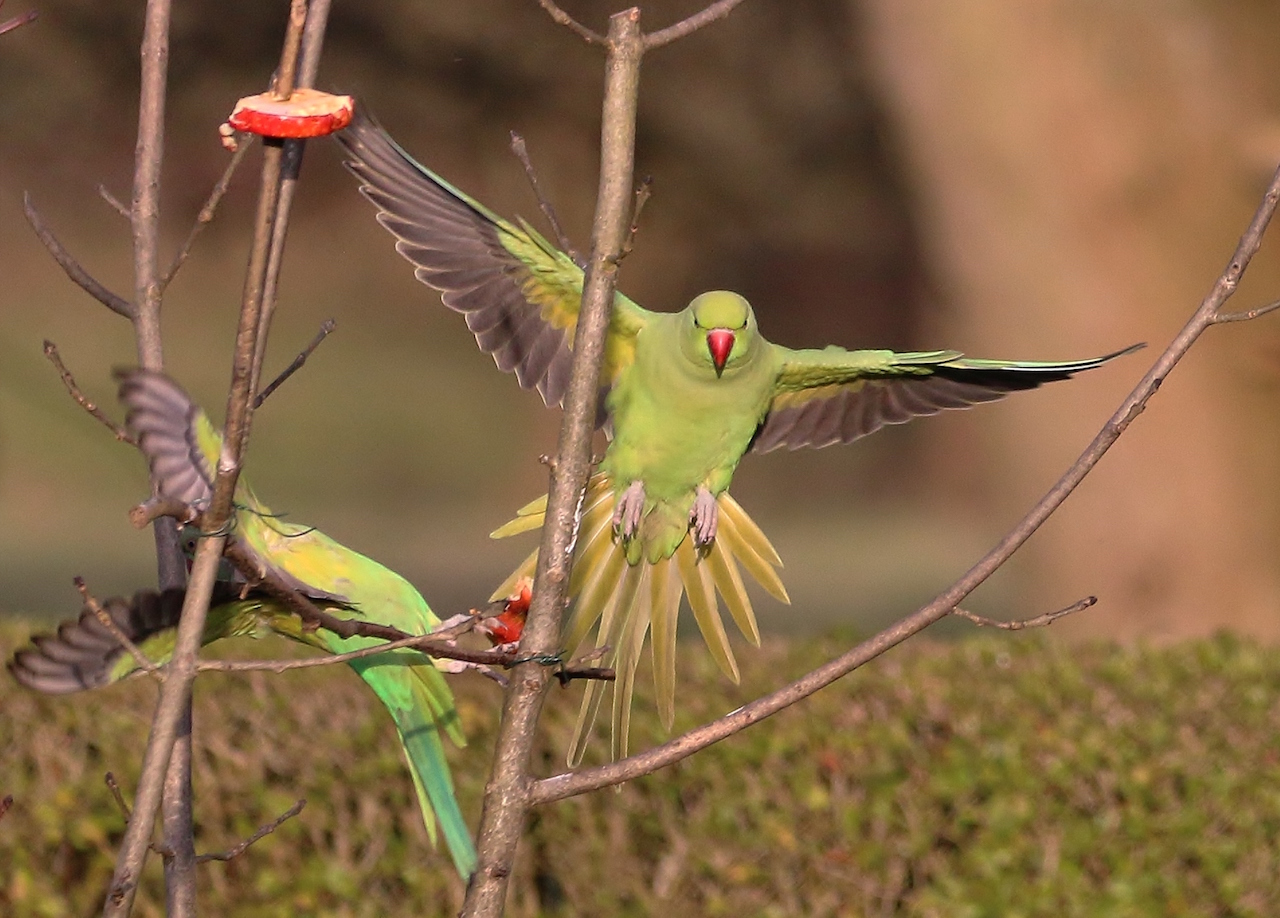










Recent Comments